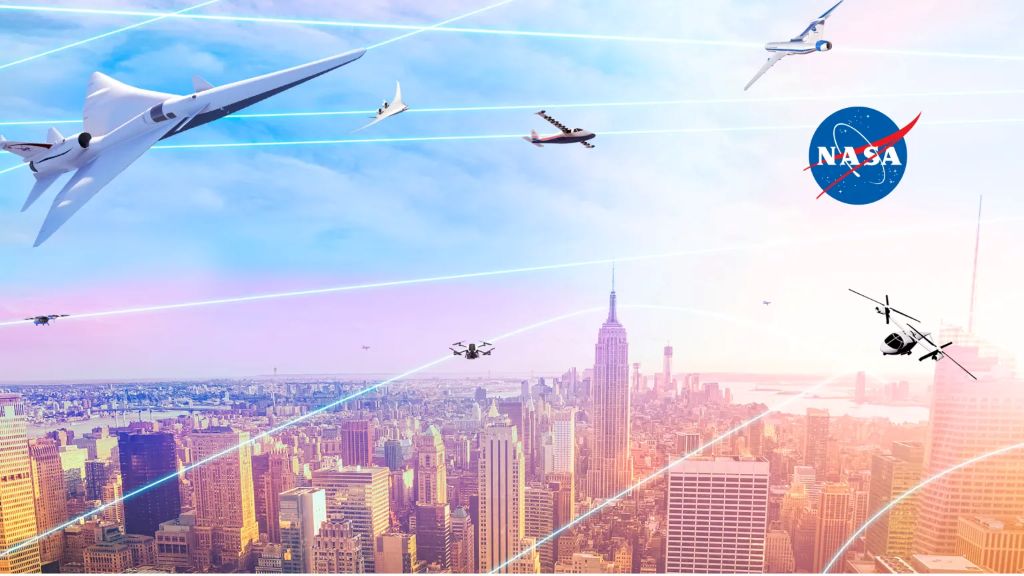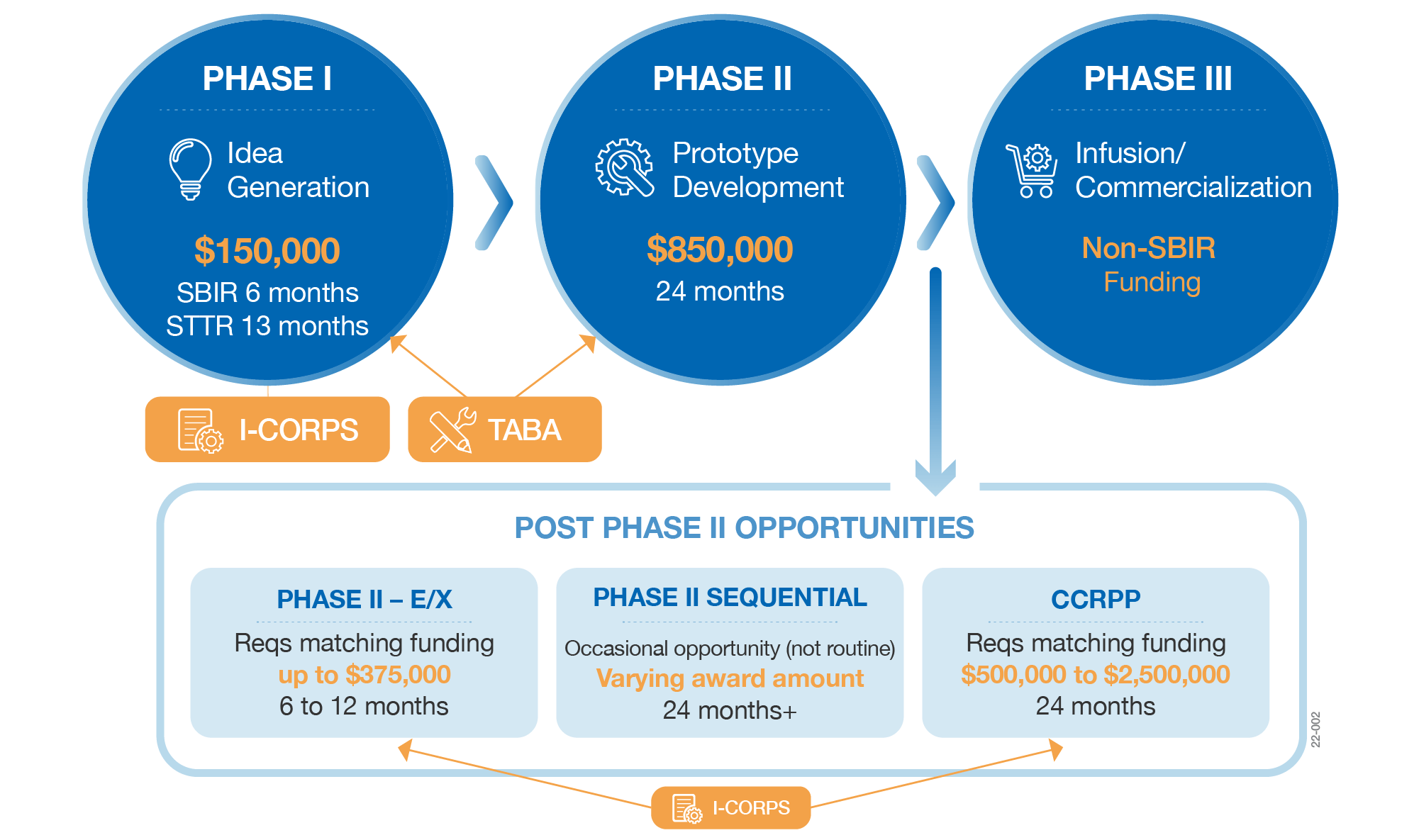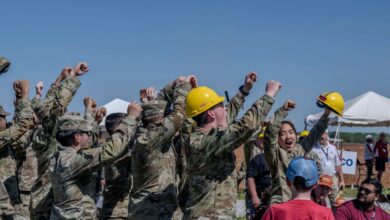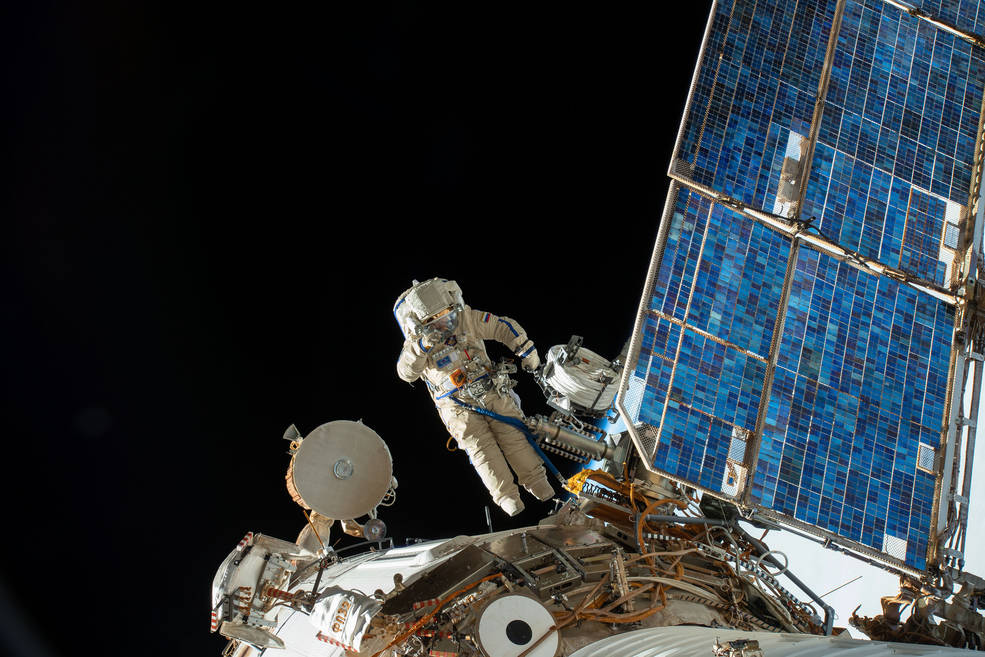Spectral Energies developed a NASA SBIR/STTR-Funded Tech that Could Change the Way We Fly

Article written by Nicholas Mercurio
With $20 million in commercial sales and $15 million in sales to government agencies, minority-owned small business Spectral Energies, based in Beavercreek, Ohio, has found a customer base for its pulse-burst laser systems. NASA has played a significant role in developing the technology through the Small Business Innovation Research (SBIR) / Small Business Technology Transfer (STTR) program. With wide-ranging applications including metrology to support commercial aircraft certification, as well as material processing, this technology could pave the way for new forms of passenger aircraft.
Without the funding from NASA, it would have been impossible for us to push for versatile technological enhancements that significantly broadened the application field.

DR. SUKESH ROY
CEO of Spectral Energies
The High Cost of Aircraft Certification
Did you know that the Boeing 737 first entered service in 1968? Yet there’s a good chance that, if you’ve flown recently, it was on a Boeing 737. That’s due in large part to the cost of certifying new airplanes, which can range in the hundreds of millions of dollars. One place to look for cost savings is the testing process.
When testing a new design for a space vehicle or commercial aircraft, researchers use wind tunnels to simulate flight conditions. The new aircraft or aircraft component—such as a new wing design—is built, put inside the wind tunnel, and evaluated.
NASA has long sought to develop robust modeling and prediction software to significantly reduce the need for wind tunnel testing and expensive flight testing. Such software would allow initial analysis to be done on a computer model to identify performance improvement opportunities and iterate on designs, saving the actual manufacturing and its associated costs for a design much closer to being final. Innovations in laser measurement systems could finally bring this goal within reach.
The Limitations of Traditional Lasers and Early Pulse-Burst Laser Systems
Entering into use in the 1980s and still widely used today, traditional commercial laser systems operate at 10 Hz, meaning they can fire 10 times per second into the air moving around an aircraft in a wind tunnel. This essentially provides a “photograph” of the air flow at that moment.
But a tenth of a second is a long time, especially when NASA wind tunnels can test vehicles at up to ten times the speed of sound. In a tenth of a second, the pocket of air from the previous image has long since moved on, meaning the second image is capturing something completely different than the first and crucial data is lost.
Why is this data crucial? Because when an aircraft has stalled, it’s the air flow—how the air moves over, under, and around the aircraft—that matters. This air flow changes rapidly in time, leading to effects like stall and buffet; measurement techniques need to be able to capture these rapid changes. Without a complete, data-backed understanding of air flow moment to moment, efforts to develop accurate modeling software have stalled.
In the late 1990s, pulse-burst laser systems came onto the scene and delivered a dramatic increase in measurement speed. These systems—developed in part with support from the NASA SBIR program—went from producing a set of photograph-like images to delivering a movie-like sequence of data. However, these early systems were difficult to transport and operate, significantly limiting their use.

NASA SBIR/STTR phases
Credits: NASA SBIR/STTR
Enhancing Usability with Air Force SBIR Funding
By providing funding to develop early-stage technologies, the NASA SBIR/STTR program helps de-risk and develop ideas, maturing them to the point where others can continue innovating. More than a decade after helping to fund some of the earliest pulse-burst laser systems, NASA awarded Phase I SBIR funding to Spectral Energies in 2009 for further advancement of the technology.
The firm went on to receive Phase II and Phase III SBIR funding from the U.S. Air Force, leveraging these awards to create a commercial pulse-burst laser system that was smaller, easier to transport, more resilient and reliable, and simpler to operate due to significant software advancements. Air Force funding also enabled Spectral Energies to demonstrate several new applications of the system in combustion environments.
With this foundational work in place, the technology was ready for further innovation to help NASA pursue its long-held goal of more effective air flow measurement and modeling.
Spectral Energies work with the NASA SBIR/STTR program
Spectral Energies resumed its work with the NASA SBIR/STTR program in 2014 with multiple Phase I awards. Through continuing program awards, including three Phase II Extended (II-E) and three Phase III contracts, the firm added new capabilities to its pulse-burst laser system, such as high-speed two-color thermometry, demonstrated in 2020.
Previously, two-color thermometry was typically done at 10 Hz speeds with two lasers and two cameras. Spectral Energies worked with NASA to develop this capability at high-speed using their single-laser, single-camera system, thereby enabling three- and four-dimensional (i.e., three spatial coordinates and time) temperature measurement of chemical flows, a critical capability when designing new chemical propulsion systems.
Further collaboration with NASA yielded additional capabilities in high-speed picosecond velocimetry and two-dimensional ultraviolet spectroscopy and imaging. Adding these measurement techniques to its technology allowed Spectral Energies to make commercial inroads into hypersonic wind tunnel testing, material processing, and defense applications. Rather than modifying the pulse-burst laser system to deliver these capabilities, each enhancement took the form of an add-on that could be attached to the system, similar to how you can add apps to your smart phone or attach a new lens to your camera. These NASA SBIR-funded add-ons have increased the return on investment (ROI) for each of Spectral Energies’ customers across federal agencies, research universities, and commercial companies.
Growing a Small Business
For small businesses, the hunger to do more is often quelled by the reality of limited resources. As a result, necessity is often the biggest driver of decision-making: What do we need to do today to keep our doors open tomorrow? Funding from the NASA SBIR/STTR program allowed Spectral Energies to move into a different mindset and tap into their creative drive.
“Through the NASA program, we started diversifying in hypersonic test facilities from subsonic combustion facilities,” said Dr. Sukesh Roy, CEO of Spectral Energies, “and that opened many doors for the application of this laser, from detonation to directed energies. Without the funding from NASA, it would have been impossible for us to push for versatile technological enhancements that significantly broadened the application field.” Moving into the research and development of new applications allowed the company to widen its focus and ultimately find a larger customer base.
Spectral Energies’ continued work with the NASA SBIR/STTR program has helped the company further grow and succeed. By providing entry into new industries and new capabilities for existing customers, the add-on technologies developed with NASA SBIR-funding have generated significant commercial revenue for the small business. Additionally, these developments have opened the door for new funding opportunities with the Air Force, Navy, Army, and Missile Defense Agency.
Providing Benefit to NASA and Beyond
Dr. Paul Danehy, Senior Technologist for Advanced Measurement Systems at NASA’s Langley Research Center, has worked with Spectral Energies on a number of projects through the program. According to Dr. Danehy, not only did NASA SBIR funding aid the company’s technology growth, program funding also made it possible for NASA researchers to make use of this technology.
As Dr. Danehy explains, SBIR/STTR Post Phase II funding vehicles like Phase II-E and Phase III allow other programs within NASA to pool money together, then receive matching funds from the SBIR/STTR program. This matching funding increases the purchasing power of other NASA programs and has allowed the agency to acquire two of Spectral Energies’ pulse-burst laser systems, complete with add-ons.
Agency researchers are using these pulse-burst laser systems to obtain unique quantitative flow field measurements that will allow them to refine software codes to accurately design and evaluate new aerospace vehicles. In time, these software codes could cut hundreds of millions of dollars from the certification of commercial aircraft, allowing new planes to be developed and made available to passengers faster and cheaper.





